Like many other infants, Bertie the flying fox pup needs bottle feeding, bedding changes and plenty of cuddles.
For ACT Wildlife flying fox coordinators Clare Wynter and her husband Stephen Bartos, caring for pups like Bertie is all part of the volunteer job.
Lately, that job has gotten bigger.
Since October, ACT Wildlife has been inundated with around 40 pups who lost their mothers.
The numbers are staggeringly high compared to the two previous years, when rescues were in the single digits.
Carers in Canberra have been so inundated that they were forced to send 10 pups to a rescue group in Gosford, NSW.
Ms Wynter added that they were always in need of more volunteers.
Ms Wynter and Mr Bartos believe there could be a number of reasons for the increase of orphaned pups coming into their care, including a starvation event that has potentially left some babies unable to properly hang on to their mothers.
"Almost all of the pups we've had come into care have been underweight," Mr Bartos said.
"In other words, their mothers have been malnourished. This is reflecting a lack of food around Australia in their range.
"A couple of the pups haven't been able to make it just because they've been so malnourished."
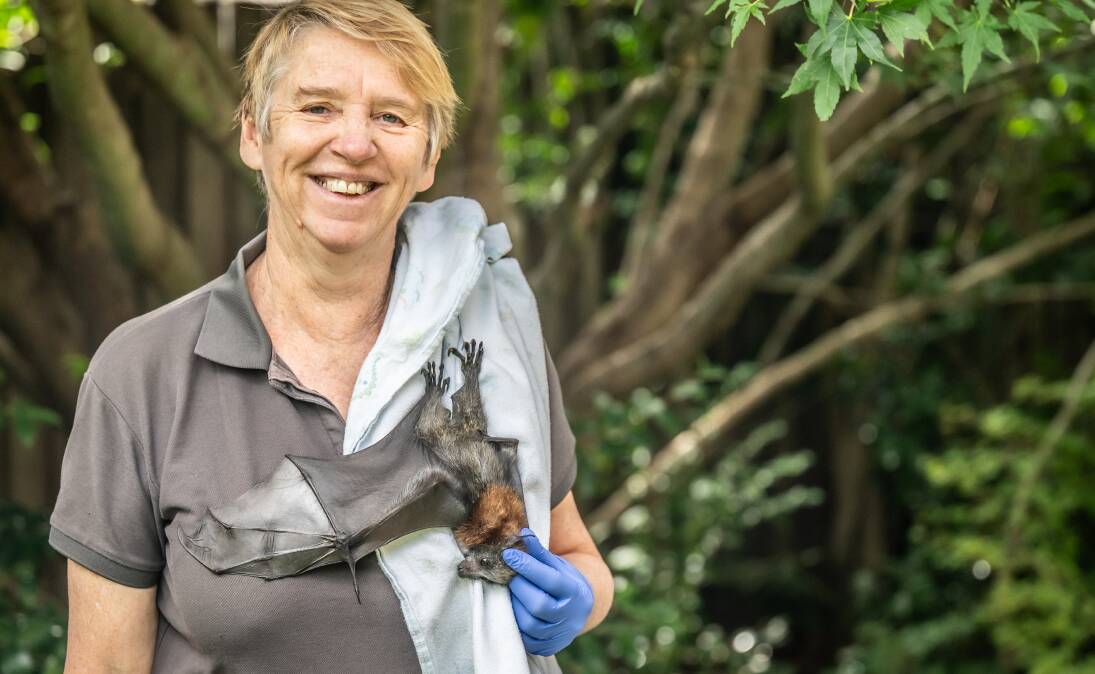
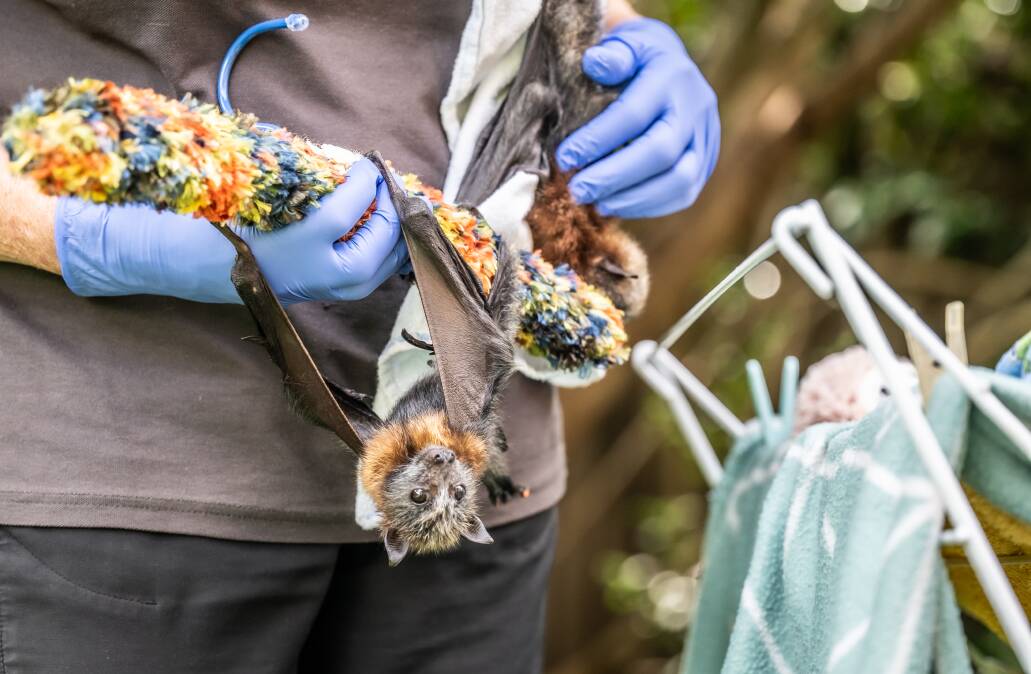
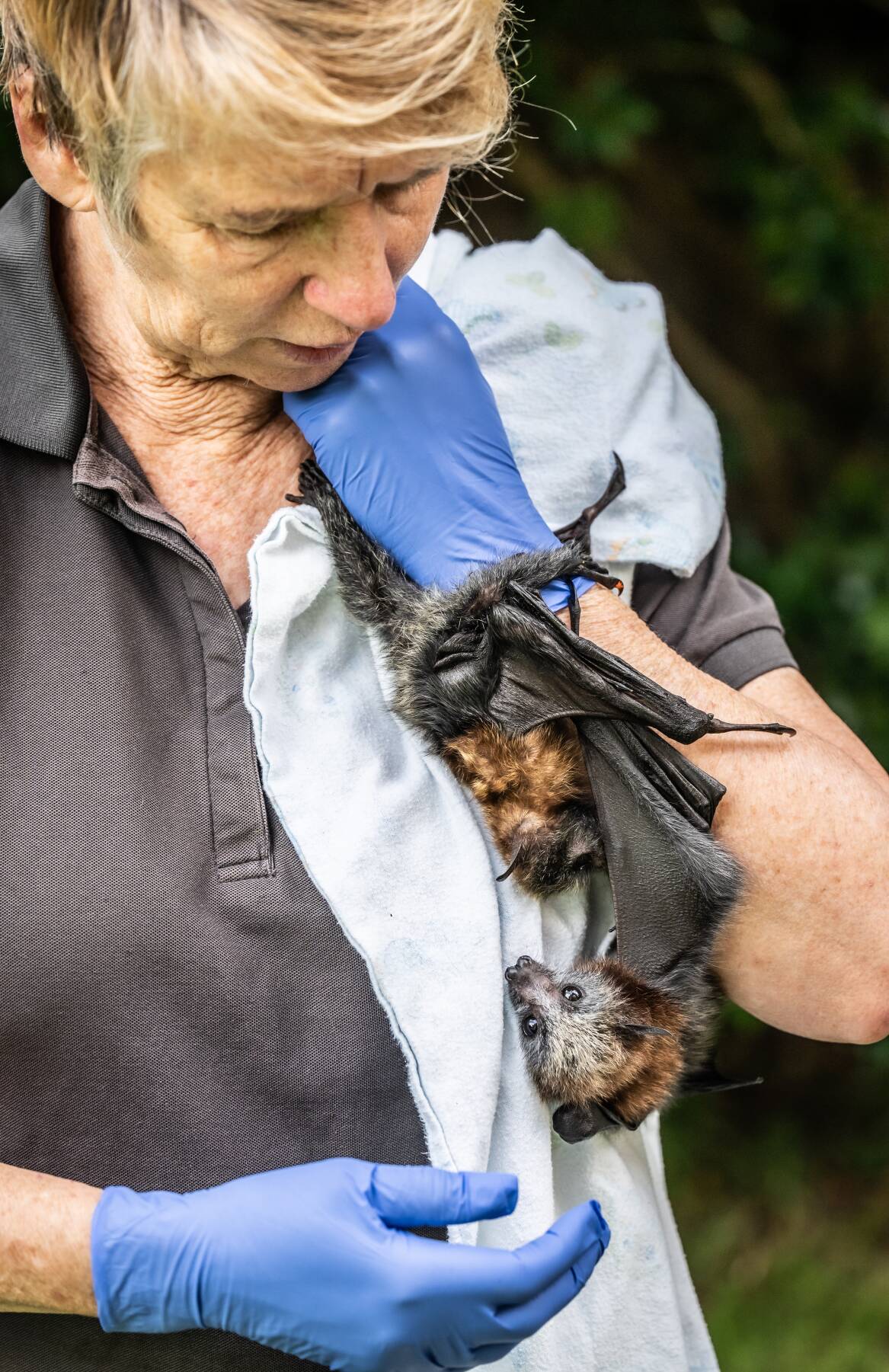
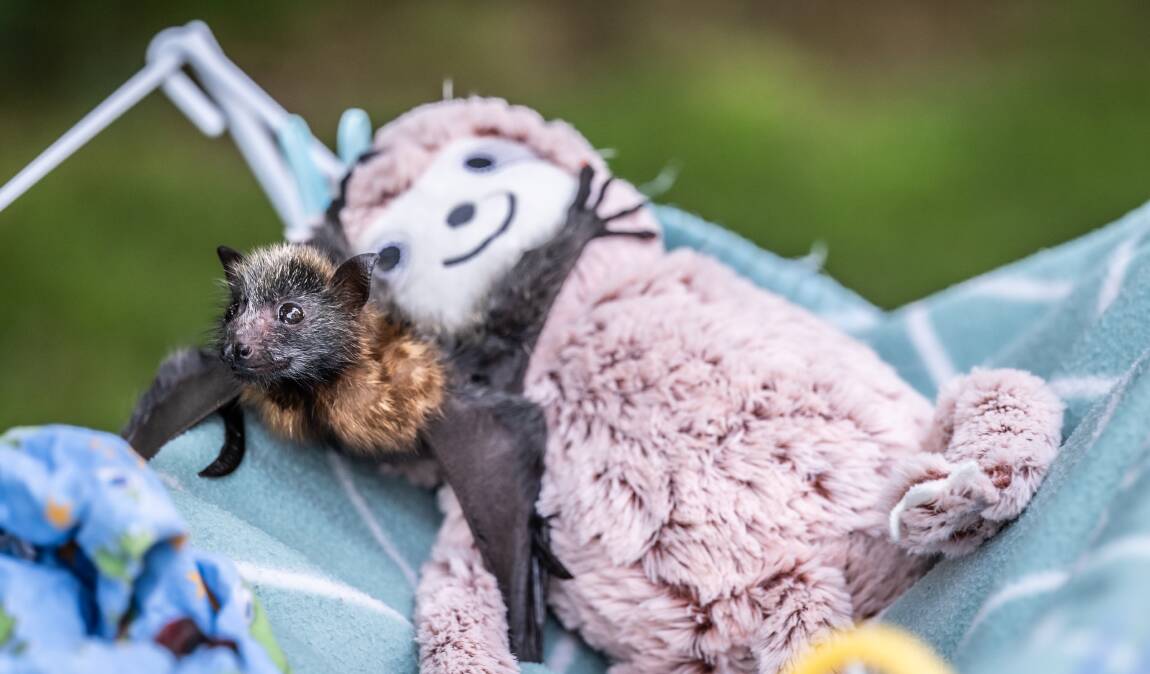
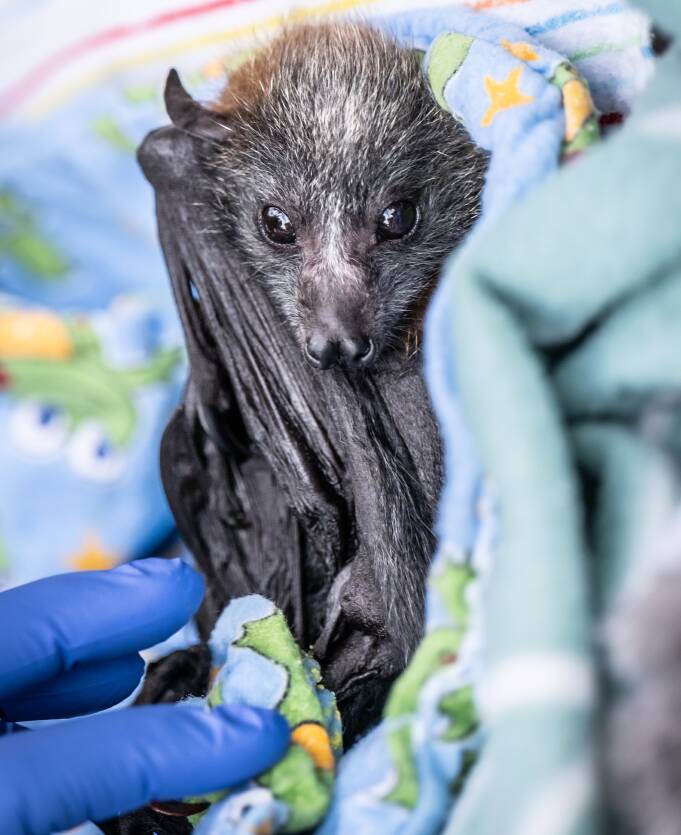
With wings that expand up to one metre, grey-headed flying foxes are Australia's biggest native bats.
Ecologically, they play a vital role in pollinating large numbers of plants while travelling long distances. But their numbers have been decreasing and the species has been listed as "vulnerable".
Ms Wynter said deforestation, urbanisation, bushfires and other climate events have seen swathes of their habitat destroyed in NSW and Queensland.
"There's the drought in southern Queensland and northern NSW and, with that, there is much less food available," she said.
"What we're seeing is they're moving southward to get more food," she said.
Mr Bartos said Canberra was currently hosting about 6300 bats, a significant increase on numbers from the past two years.
Citing figures from the Australasian Bat Society, he said there were about 1100 bats in the ACT in December 2021 and 1200 in December 2022.
The large number of flying foxes is likely contributing the increase in orphaned pups but Ms Wynter said other places where numbers have remained stable have also seen more pups coming into care.
While some pups have been found on the ground on their own, others were clinging to their dead mothers who were electrocuted on power lines.
Ms Wynter believes some of the flying foxes get electrocuted when they try to get a feed from blossoming fruit trees close to power lines.
She urged Canberrans to help make the environment safer for the nocturnal animals by trimming any trees growing near power lines.
The pups will stay in Canberra until they are 12 weeks old.
They will then be transferred to another wildlife group on the coast, where they will be placed in larger groups with an adult bat who can teach them how to socialise and live in a colony.
Anyone who sees a bat on the ground should avoid touching it and immediately call ACT Wildlife.







